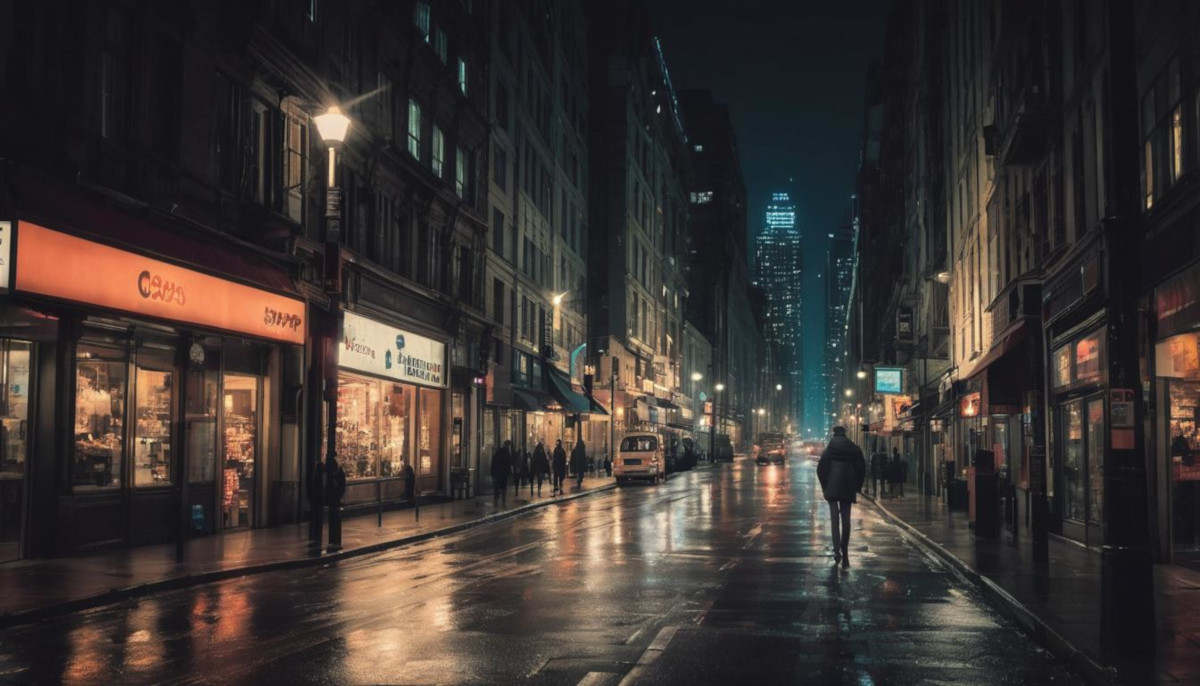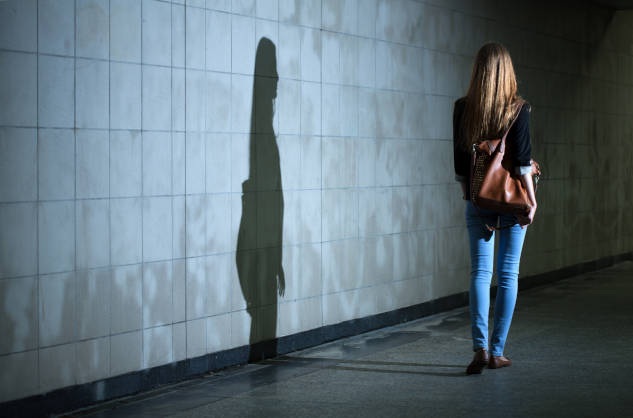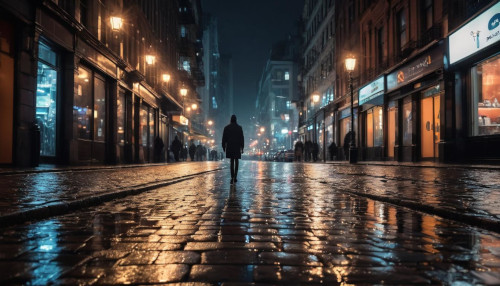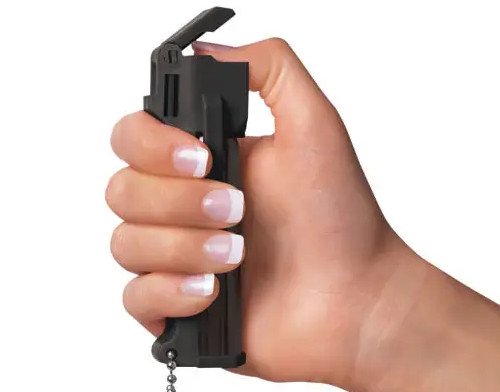Walking Alone at Night: Top Safety Tips for Protection

Walking alone at night can feel daunting, whether you’re heading home from work, jogging after dark, or exploring a new area. The risks of low visibility and isolated surroundings make nighttime travel more challenging, but with the right strategies, you can stay safe. At TBOTECH, we believe preparation is your best defense. From choosing safe routes to carrying self-defense tools, this guide provides essential tips and top products to ensure your safety when walking alone at night. Stay aware, stay protected, and walk with confidence!
Why Walking Alone at Night Can Be Risky
Nighttime walking poses unique challenges that increase your vulnerability to potential threats. Understanding these risks can help you take proactive steps to stay safe:
- Low Visibility: Poor lighting makes it harder to spot potential dangers, such as uneven sidewalks, suspicious individuals, or approaching vehicles.
- Fewer People Around: With fewer bystanders present, there are fewer witnesses or sources of help if a situation escalates.
- Increased Crime Risk: Criminals often target individuals in quiet or isolated areas at night, capitalizing on reduced visibility and activity.
- Unfamiliar Surroundings: If you’re in a new area, you may not know safe routes or nearby safe havens, making you more vulnerable.

Essential Safety Tips for Walking Alone at Night
These practical tips will help you stay safe while walking alone at night, whether you’re in a familiar neighborhood or an unfamiliar area:
1. Choose Well-Lit, Populated Routes
- Stick to Main Streets: Walk on busy, well-lit roads with open businesses or traffic to reduce the risk of isolation.
- Avoid Alleys and Empty Lots: Criminals often target secluded areas—stay on paths where help is nearby.
- Walk Near Streetlights: Stay in areas with good lighting to improve visibility and deter potential threats.
2. Stay Alert and Avoid Distractions
- Put Away Your Phone: Avoid texting or scrolling while walking—keep your eyes up to spot potential dangers.
- Ditch the Headphones: Hearing your surroundings is crucial—avoid earbuds to stay aware of footsteps, voices, or vehicles.
- Observe People and Cars: Look for unusual behavior, like someone following you or a car circling the area.
3. Trust Your Instincts and Have an Escape Plan
- Act on Unease: If something feels off, change direction, cross the street, or enter a public place like a store or café.
- Know Safe Havens: Identify 24-hour businesses, police stations, or hospitals along your route where you can seek help.
- Walk with Confidence: Stand tall and move purposefully—attackers often target those who appear vulnerable.
4. Dress for Safety and Visibility
- Wear Reflective Gear: Use reflective clothing or accessories to increase your visibility to drivers and others.
- Choose Practical Shoes: Opt for shoes that allow you to run or move quickly if needed—avoid heels or footwear that restricts movement.
- Avoid Flashy Items: Refrain from wearing expensive jewelry or carrying designer bags that may draw unwanted attention.
5. Keep Someone Informed of Your Route
- Share Your Location: Use live tracking apps like Life360 or iPhone’s “Find My” to share your real-time location with a trusted contact.
- Call a Friend: Let someone know your expected arrival time and call them when you arrive safely.
- Set Up Emergency Speed Dial: Program 911 or a trusted contact into your phone for quick access in an emergency.
6. Be Ready to Act in an Emergency
- Yell for Help: A loud shout like “Help!” or “Leave me alone!” can attract attention and deter an attacker.
- Use Self-Defense Tools: Keep a self-defense tool, such as pepper spray or a personal alarm, readily available in your hand, ready to use if needed.
- Run Toward Safety: Head to a crowded area, a well-lit business, or a secure location like a police station. For more on handling followers, see our guide on What to Do If Someone Is Following You.

Best Self-Defense Tools for Walking Alone at Night
Carrying a self-defense tool can provide peace of mind and an extra layer of protection while walking alone at night. TBOTECH offers a range of products designed for nighttime safety:
- Glow-in-the-Dark Pepper Spray: A 2 oz fogger pepper spray with a glow-in-the-dark actuator for easy access in low light, delivering an 8.5% Oleoresin Capsicum formula with an 8-foot range to disable attackers. Shop Glow-in-the-Dark Pepper Spray
- Stun Gun with Built-In Flashlight: A 24 million volt stun gun with a bright LED flashlight, featuring a safety switch and ergonomic grip, perfect for illuminating your path and defending yourself. Shop Stun Gun with Built-In Flashlight
- Personal Alarm with Strobe Light: A 130-decibel alarm with a strobe light feature, activated by a pull-pin, designed to draw attention and disorient threats in dark environments. Shop Personal Alarm with Strobe Light
Mace Personal Model Triple Action Pepper Spray
These tools are easy to carry and legal in most states (check local laws to confirm), ensuring you’re prepared for any nighttime walking scenario.
Explore More Safety Resources
Enhance your safety with these TBOTECH resources:
- What to Do If Someone Is Following You: Stay Safe – Steps to take if you’re being followed at night.
- Stay Safe in Public Spaces: Essential Tips for Personal Security – Broader safety tips for public areas.
- Shop Stun Guns – Reliable close-range protection.
- Shop Pepper Spray – Affordable and effective defense.
Stay Confident and Protected with TBOTECH
Walking alone at night doesn’t have to be dangerous if you’re prepared. By staying aware, planning your route, and carrying TBOTECH’s self-defense tools, you can navigate the dark with confidence. Stay vigilant, stay safe, and take control of your nighttime safety today!
Add your comment now!
Post CommentRecent posts
-
06/27/2025Personal Safety Devices for Women
-
06/27/2025Can You Bring Pepper Spray on a Plane?
-
06/27/2025Are Butterfly Knives Illegal?

